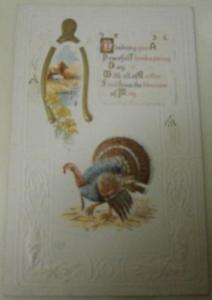Recharging the Writer’s Brain Well
 It’s been said, “When you stop learning, you stop growing.”
It’s been said, “When you stop learning, you stop growing.”
Or, as Albert Einstein put it “Once you stop learning, you start dying.”
Many professions recognize and require ongoing learning.
As a teacher, I needed 40 hours of professional growth per year.
As an antique dealer, I constantly read price guides, watched Antiques Roadshow, and friended Kovel’s on Facebook to keep up-to-date on antiques and pricing.
As a writer, I attend a writing conferences or workshop every year. Some are on-line or podcasts; others in person.
Those in person conferences are the ones I enjoy the most because I’m not only learning I’m meeting my people. We writers are a breed unto ourselves and networking with those who understand is a treat.
Over the winter, health issues made writing difficult. I sorta lost my momentum. My zeal to write. (In case you’ve wondered, that’s why you’ve been missing new blog posts here.)
I truly needed interaction with my kind and some brain filling.
In May I attended a mini-con presented by the RWA chapter, Colorado Romance Writers. This well-organized conference delivered. And, delivered superbly.
The fellow writers were warm, friendly, and oh so understanding. We spoke the same language.
The daylong lecture from Donald Maass, President of Donald Maass Literary Agency in New York, challenged and charged my muse, as I had expected.
I’ve been attending Maass workshops since 2006. After decades in the publishing business,The Donald truly knows his stuff. His well-used books on craft line my bookcase line my bookcase —Writing the Breakout Novel (2001), Writing the Breakout Novel Workbook (2004), The Fire in Fiction (2009) , The Breakout Novelist (2011) and Writing 21st Century Fiction (2012).
If you’re a writer looking to push your craft to the next level, you should check out opportunities at Free Expressions Seminars and Literary Services and/or subscribe to the Writer Unboxed blog, where Mr. Maass is a monthly contributor.
That weekend conference refilled my brain well and supercharged my muse. I’m back on course and busy pushing to have the final book in the Vietnam War Era trilogy released this year.
How do you refill your own brain well?
If you’re a writer, I highly recommend attending an in person writer’s conference or workshop.

















